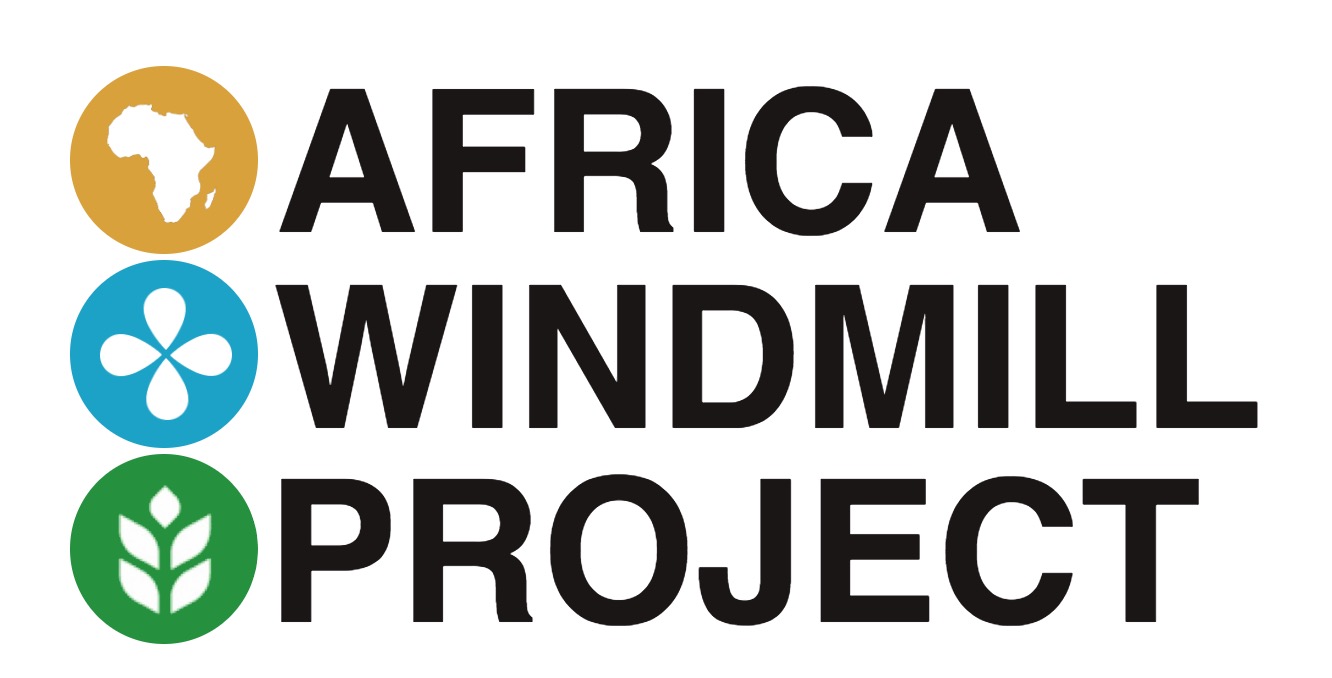What do Math & Food Have in Common?
Africa Windmill Project's Country Director, Christopher Adare, has a degree in mathematics. So, at Africa Windmill Project we crunch a lot of numbers to figure out exactly how growing food year round is benefitting the families that we are teaching. Every once in a while I get a report in my email that looks something like this: Chigonthi is an agricultural extension planning area in Lilongwe district with 22,824 household of which 364 are participating in our programs. There are 10 demonstration sites in the area, which will yield 7 tonnes of maize. The farmers are expected to use profits from the demonstration gardens to reinvest into there farms. Farmers are expected to increase their total harvest by 250 to 500 kilograms of maize each, which is between 2 and 10 months worth of additional maize over previous years. We also expect that these techniques and additional revenue will allow them to plant much more in the future creating a lasting increase in food supply for the area and surrounding markets.
or sometimes they look like this:
Current number of Farming Households in Project:
635 at Ngwangwa, 364 at Chigonthi = 999 total
Current Irrigated acreage: 80.5 at Ngwangwa, 4.5 at Chigonthi = 85 acres total
Number of Growing seasons: 3 at Ngwangwa, 2 at Chigonthi
Windmill demo farms: 2 at Ngwangwa, 2 planned at Chigonthi
2017 Expected Food Production from Irrigation Project: 212.6 metric tons
Calculation of equivalent meals
212.6 metric tons = 212,600 kg = 212,600,000 g =
850,400,000 kcalories (assuming mostly carbohydrate) = 607,428 equivalent meals
(assuming 3 equal meals per day totaling 4,200 kcalories per day)
Equivalent meals means that we are only looking at how much energy this food will supply. In reality the farmers will derive more benefit because they will add eggs, vegetables, beans, and other foods to balance out the diet, thereby adding energy and increasing the number of meals they will eat as a result of this harvest.
Farmers + Education = Food Security.
